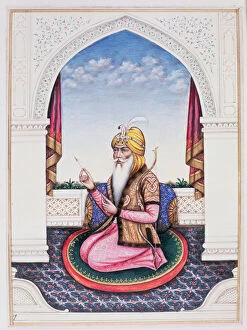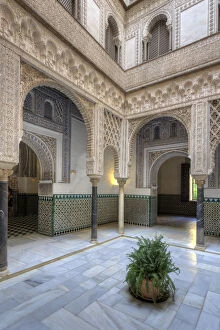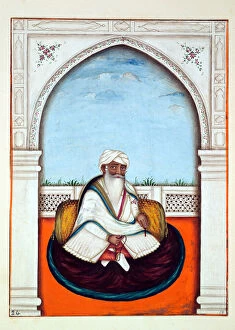Islamic Arch Collection
The Islamic arch, with its intricate design and majestic presence, has long been a symbol of beauty and grandeur
All Professionally Made to Order for Quick Shipping
The Islamic arch, with its intricate design and majestic presence, has long been a symbol of beauty and grandeur. From the palaces of Spain to the historical figures depicted in paintings, this architectural marvel has left an indelible mark on history. In the Kingdom of Punjab, rulers like Maharajah Dulip Singh and Ranjit Singh recognized the allure of Islamic architecture. Their appreciation for its elegance is evident in their portraits, where they are depicted against a backdrop adorned with these magnificent arches. Traveling further south to Andalucia, Sevilla's Real Alcazar Palace Complex stands as a testament to the splendor of Islamic arches. Its walls echo with stories from centuries past, whispering tales of kings and queens who once walked beneath these graceful structures. Back in Punjab, Rajah Suchet Singh and Maharajah Nao Nihal Singh also embraced this architectural style. Their affinity for Islamic arches can be seen in their depictions within "The Kingdom of Punjab" collection – a visual tribute to their reigns. Even Sirdar Lehna Singh and Rajah Chattar Singh were captivated by the allure of these arches. As prominent figures in Punjab's history, they understood that incorporating elements from different cultures could create something truly extraordinary. Sirdar Sham Singh too recognized the power held within each curve and line of an Islamic arch. His admiration for this architectural form speaks volumes about his appreciation for artistry and craftsmanship. Maharani Chand Kaur was not immune to the charm either; she understood that surrounding herself with such beauty would only enhance her own regality as queen consort. Lastly, Sirdar Mangal Singh stood tall amidst his kingdom while being framed by these enchanting archways. It was through embracing diversity that he showcased his progressive mindset as a ruler committed to unity among all people. From India to Spain, across time periods and rulers alike – one thing remains constant: the Islamic arch continues to captivate hearts and minds.












